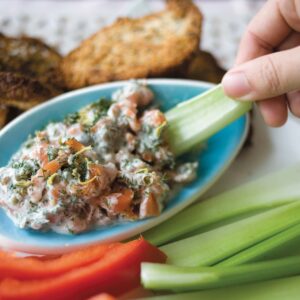
Enjoy the sweet taste of summer with somefreshly-picked peas.
Peas are one of our most ancient vegetables, known to be at least 7500 years old. Varieties include snap, sugar and snow peas and the good old shelling kind.
Nothing beats a freshly-picked pea – their sugars convert to starch once the pod has been plucked from the plant, so fresh peas taste vastly different to those that have been sitting around for a while.
Starting up
Peas are a fickle crop so plant more than you think you need. Birds especially love pea plants so it pays to attach strips of aluminium foil or CDs on strings around the plants to scare birds away once seeds are planted.
As for most veges, a sunny, wind-protected and free-draining soil is good, and somewhere where peas have not been grown in the last two years.
- Prior to sowing, dress the soil with a few handfuls of lime.
- Don’t apply any nitrogen fertiliser (including fresh manure) as this will impede strong plant growth – legumes like peas fix nitrogen from the air and actually raise the amount of nitrogen in the soil.
Planting tips
- To sow, dig two parallel trenches 30cm apart, 10cm deep. Backfill with fine seed-raising mix and water thoroughly.
- Plant pea seeds 7-8cm apart along each row. Be careful not to over-water growing seedlings to avoid rot.
- Peas need a trellis to grow upwards – horizontal strings 10cm apart tied between wooden stakes, a chicken wire screen or twiggy tree branches all work well. The trellis height will need to be anywhere from 120cm (sugar peas) to 2m for tall climbing shelling peas. Fix your trellis once plants are 10cm tall – plants lying on the soil are heaven for slugs and snails.
- Once plants are 40-50cm tall, throw a handful of wood ash and blood and bone around the base of the plants. Keep weeding and watering regularly and lay a mulch around the plants to retain soil moisture.
Pods usually form three months from germination. Keep picking these regularly as this encourages further pod formation. Smaller pods provide a more tender and sweeter pea.
Dig the finished pea plant back into the soil – it’s a wonderful source of nitrogen for the next vege crop.
www.healthyfood.com










